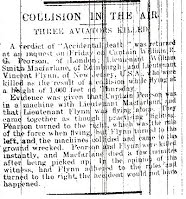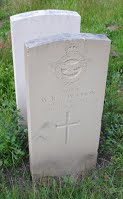S. J. Prescott
Service no. 8638
Serjeant, Royal Scots Fusiliers, 1st Battalion
Enlisted at Brixton
Died on 28 March 1918, aged about 31
CWGC: “Son of the late William George and Mary Jane Prescott.”
Remembered at Arras Memorial, France
Information from the censuses
In 1911 James S. Prescott, aged 24, was serving with the 2nd Battalion (mounted infantry) of the Royal Scots Fusiliers at King’s Hill, Harrismith, Orange Free State in South Africa. Meanwhile, his parents and sister lived at 38 South Island Place, between Clapham and Brixton Roads, where they had two rooms. William G. Prescott, 63 and from Dover, Kent, was a pensioner of Lambeth Borough Council (he was formerly a foreman); Mary Jane Prescott, 67, was from Taunton, Somerset. They had five surviving children, of eight, with only one remaining at home: Alice Venner Prescott, 23, a bookkeeper for an advertising agency. On the 1901 census, James S. Prescott is shown as working as a commercial clerk.
*The War Memorial has the initials reversed.





